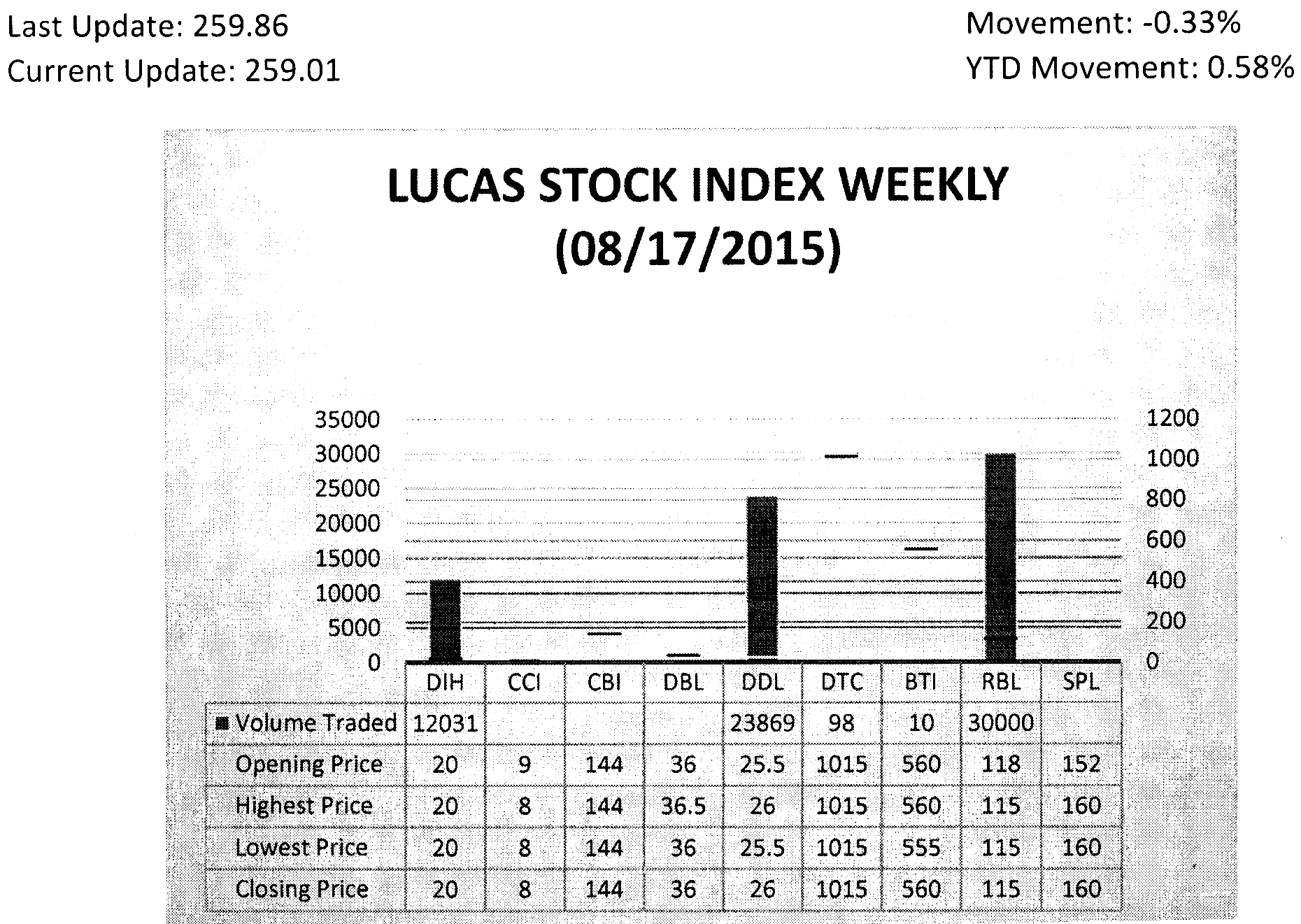Collection entity
For a government to carry out its work or execute the policies that it has adopted for the management of the country, it needs money. The typical collection entity is its revenue agency. But governments collect money through several other entities depending on the emphasis of its development. For example, in Guyana, in an effort to achieve development of the forestry resources, responsibility has been given to the GFC to collect royalties, fees and taxes from investors in the sector. A similar mandate has been given to the Guyana Geology and Mines Commission (GGMC) where the mineral sector is concerned. There are two other major entities, the Guyana Revenue Authority (GRA) and the 
The discussion will start with the NIS because it collects a smaller share of the revenue than the GRA and its work could be aligned more easily with one of the two popular tax principles. Revenue collection in Guyana takes place under the benefits principle and the ability-to-pay principle. The benefits principle manifests itself in the revenue collection role played by the NIS. It utilizes one part of the tax structure, the NIS contribution and the payroll tax, to collect money which is then used to provide certain benefits to contributors.
The NIS has been doing this for over 46 years having been established in 1969 by the Burnham government to provide a social safety net for Guyanese. The social safety net was set up as a compulsory savings programme which savings would be used to


